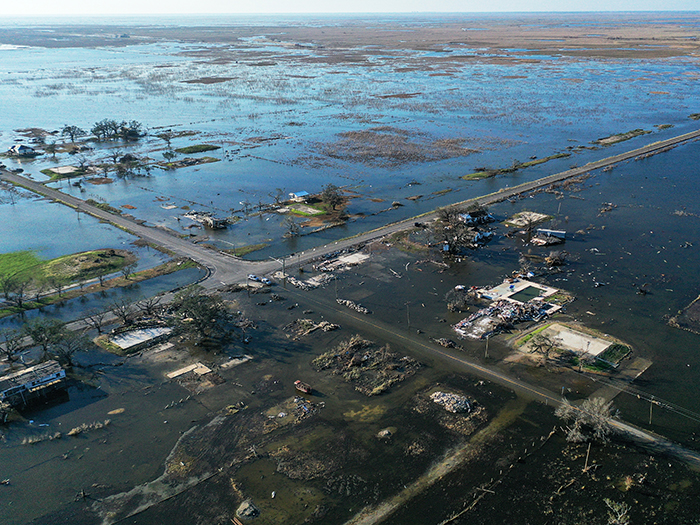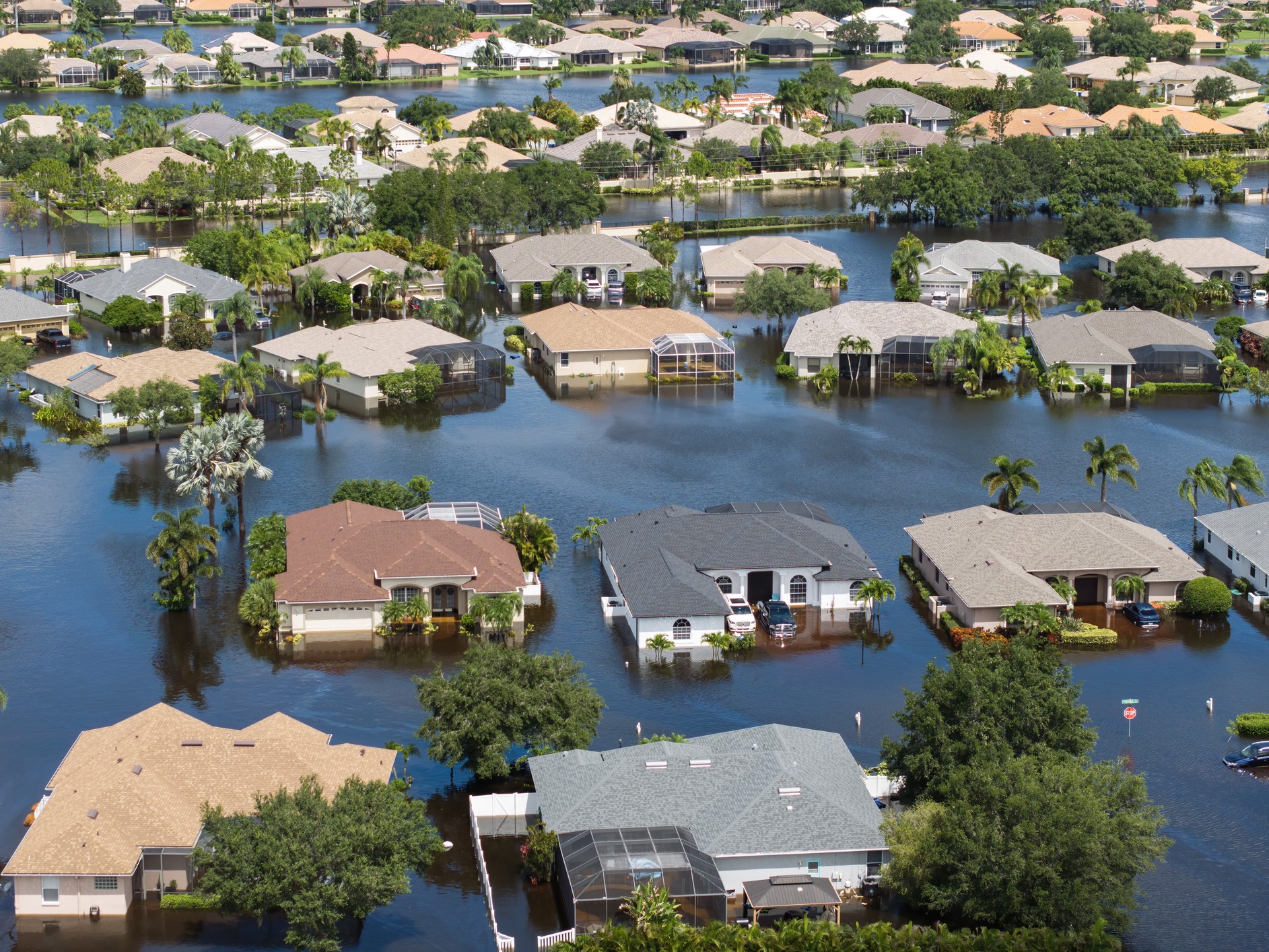Record $108 Billion Insured Losses from Natural Disasters in 2023

The year 2023, the hottest on record, saw global insured losses from natural disasters reach $108 billion, marking the fourth consecutive year that losses have exceeded $100 billion, according to Swiss Re. The company predicts a 5-7% annual increase in insured losses over the long term, per the report, potentially doubling today’s figures in a decade.
The rise in insured losses is attributed to an increase in property exposures, particularly in high-value areas prone to natural disasters such as flood plains and coastlines. While the impact of climate change has been minimal so far, Swiss Re expects severe weather events to contribute more significantly to losses in the future.
Economic losses from natural catastrophes in 2023 amounted to $280 billion, leaving 62% of global losses uninsured.
The most devastating event was the earthquake in Turkey and Syria, which claimed approximately 58,000 lives and resulted in insured losses of $6.2 billion. The earthquake struck areas with low insurance penetration — with roughly 90% of losses uninsured — underscoring the protection gaps faced by many people worldwide.
The absence of a peak natural catastrophe event like 2022’s Hurricane Ian, which caused losses exceeding $60 billion, meant that the accumulation of insured losses in 2023 was driven by event frequency, according to the report. Last year saw a record 142 insured-loss inducing catastrophes, most of which were of medium severity, resulting in insured losses of $1 billion to $5 billion. The number of such events has grown by an average of 7.5% annually since 1994.
Severe convective storms (SCS) were a significant contributor to insured losses in 2023, resulting in an estimated $64 billion in losses, with approximately $54 billion of that total in the U.S., per the report. Factors such as economic and population growth, urbanization, and changes in vulnerabilities, such as aging rooftops hosting solar power installations, are driving SCS losses higher.
Over the past 30 years, natural catastrophe insured losses have grown by 3 percentage points more annually than the global economy. As losses continue to rise, Swiss Re emphasizes the need for adaptation measures, such as enforcing building codes and discouraging settlement in disaster-prone areas.
However, the company also stresses the importance of mitigating greenhouse gas emissions to counter the build-up of physical risks. The responsibility for this lies with property owners, regulators, supervisors, the insurance industry, and governments, who must invest in resilient infrastructure and incentivize the uptake of adaptation measures.
To access the full Swiss Re report, click here. &










